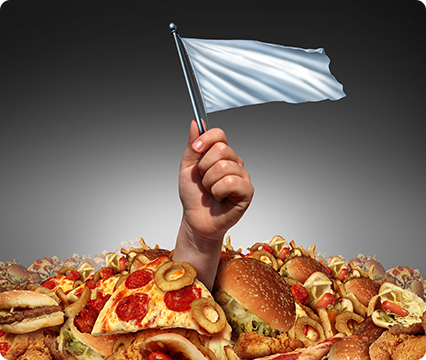Brain–gut–microbiome interactions in obesity and food addiction
According to Gupta et al. (2020), normal eating behavior is maintained by the regulated balance between homeostatic and hedonic mechanisms that take place inside and outside of the intestines, while food addiction is reflected by this balance shifting towards hedonic mechanisms and by moderations in the brain-gut-microbiome (BGM) interactions. This review proposes a systems biology model of BGM interactions that incorporates current knowledge on food addiction as well as provides novel insights into treatment targets (aimed at each level of the BGM axis). There is evidence that early-life experiences may prime the gut microbiome and brain for food addiction, possibly compounded by the usage of antibiotics and by dietary patterns during adulthood. It is also suggested that the balance can shift further towards hedonic eating. [NPID: craving, hedonic, hedonic eating, food addiction, addiction, gut-brain, gut microbiome, microbiome, gut-brain axis, antibiotics]
Year: 2020
 Navigation
Navigation






